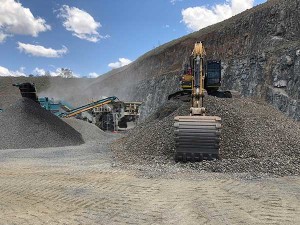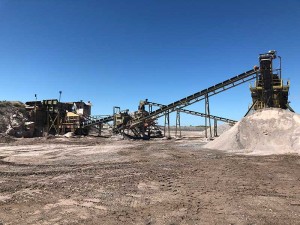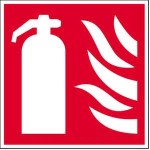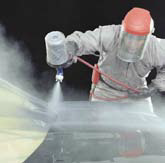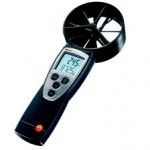Respirable Crystalline Silica
The Department of Natural Resources and Mines released the revised guideline for the management of Respirable Crystalline Silica (RCS) in Queensland Mineral Mines and Quarries in May 2018 (QGL02 – Guideline for Management of Respirable Crystalline Silica in Queensland Mineral Mines and Quarries).
The Guideline covers the main requirements for a respirable crystalline silica (RCS) exposure assessment plan that must be implemented by Queensland Mineral Mines and Quarries to comply with Part 5—Guidelines and Section 63(1) of the Mining and Quarrying Safety and Health Act 1999.
The guideline provides guidance to the Site Senior Executives (SSEs) and other persons on how to manage monitoring of worker’s exposure to RCS and to manage health surveillance for workers.
Haztek has had many of the required management practices in place prior to the release of the guideline and we have responded to changes that affect our services to ensure our client’s achieve compliance.
The guideline prescribes the methods for sampling to measure workers exposure to RCS and at a minimum competency for an occupational hygienist to develop the monitoring plan and undertaking the worker sampling.
At Haztek our consultants are Certified Occupational Hygienists (COH) with the Australian Institute of Occupational Hygienist (AIOH). As Certified Occupational Hygienist our consultants meet the Department of Mines requirements for developing a site specific monitoring plan and implementing all components for monitoring and assessment.
Our consultants provide ongoing RCS exposure assessment services to mines and quarries throughout Queensland including the Sunshine Coast, Gympie and Toowoomba region to assist in achieving compliance to QGL02.
Our clients have adopted best practice RCS management plans to reduce workers exposure to well below the required limits often achieving significant cost savings through effective dust management plans.
For further information on how we can assist you with developing and implementing a plan to meet the requirements of QGL02 call our office or use our contacts page to forward a request for further information. Call 1300 55 3001










